Advice on summer forage and rotational grazing benefits
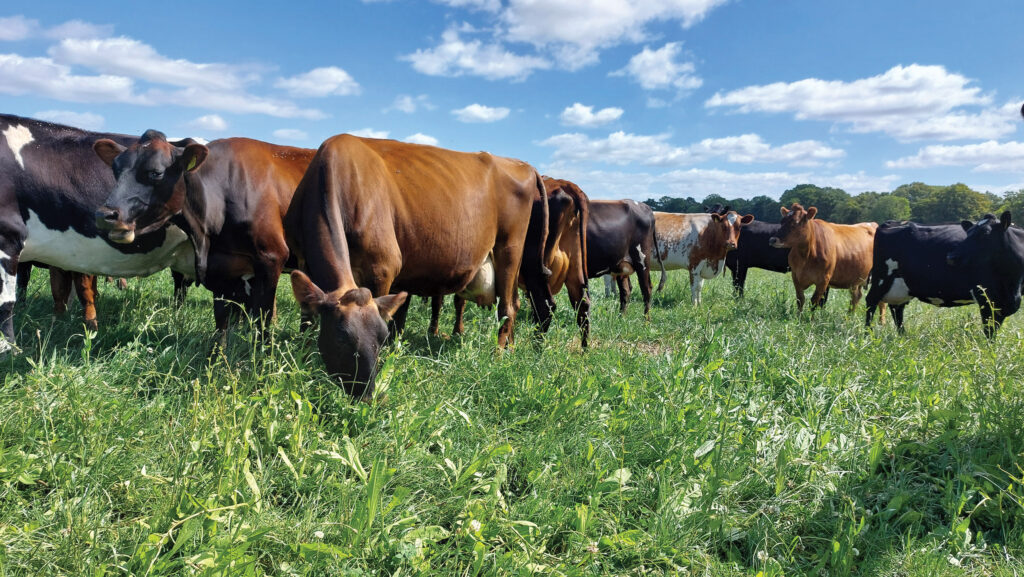 © MAG/Shirley Macmillan
© MAG/Shirley Macmillan Farmers Weekly’s Shirley Macmillan headed over to the recent British Grassland Society Summer Meeting. She shares advice from the event on summer nutrition and rotational grazing.
See also: How to get the best from stubble turnips for forage
Nutrition
Maximising nutrition while maintaining animal welfare can be especially challenging in organic systems.
Filling the summer feed gap for an organic, 320-cow spring block-calving herd is a challenge for Kate Lywood.
But rather than relying on herbal leys to supply forage during dry spells, she prefers a summer brassica crop.
She runs the crossbred herd on 312ha at Marshalls Farm on the Leconfield Estate, West Sussex, plus a support block of 190ha just over two miles away, with her husband Jeremy Way.
Herbal leys were included in 30% of the grazing platform, together with grazing infrastructure for accessing paddocks in wet weather, to maintain milk production from forage.
Some 65% of the 5,700-litre average (at 4.69% fat and 3.62% protein) is now from forage, with just under 1t of concentrates a cow fed.
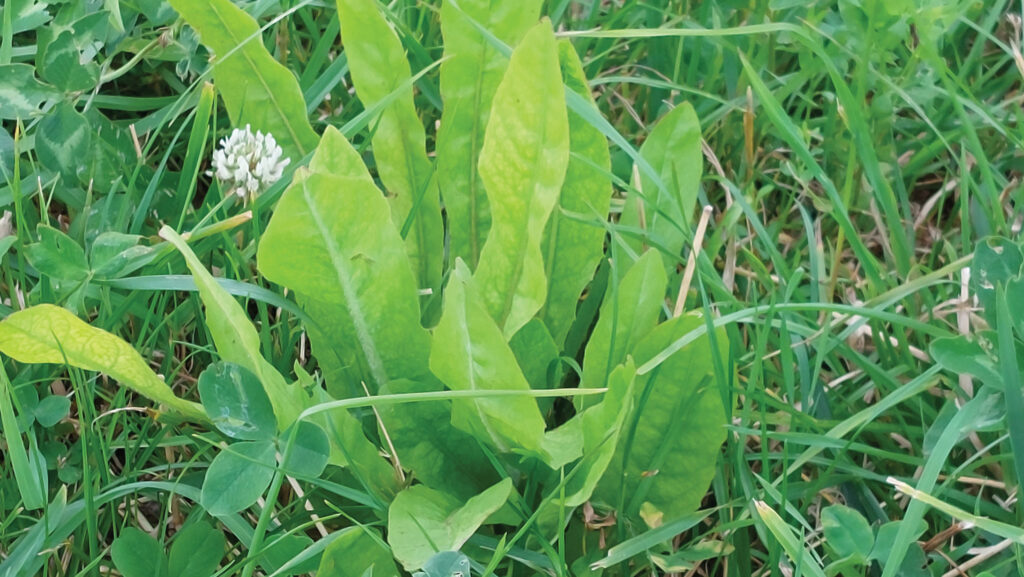
© MAG/Shirley Macmillan
Herbal leys bolt
However, while she likes the species variation in a herbal ley, Kate admitted to “not being a lover” of them.
“Seed is incredibly expensive and the leys bolt. Most years the chicory bolts and goes to seed – it helps soil health, but soon disappears. Cows graze out most things except plantain,” she said.
The farm grows an average 10t/ha of dry matter (DM) a year (peaking at 14t DM/ha last year) on the platform, but with an annual rainfall of just 700mm, it can be hard in summer to keep cows grazing.
“We have had some difficult years with long winters and late springs. Keeping enough quality feed in front of cows is getting harder.
“We used to be able to put in maize. Now we are organic, we can’t. But we still need quality in the clamp.”
Despite the pest problem, Kate and Jeremy both like forage rape (a hybrid between kale and rape) as a “successful tool to entry for a grass reseed”, and to hold up summer milk yields.
“We strip-graze it and also move cows onto grass, so there is no milk taint,” pointed out Jeremy.
Forage rape
This year, they have grown 3ha (8 acres) of Winfred, broadcast at a rate of 4kg/acre, harrowed, then rolled in.
It is usually ready to strip-graze eight weeks after sowing but this year, extremes of wet and dry weather did not help.
Pigeons, flea beetles and butterflies also affected establishment. Organic pest control relies on shooting and applying dirty water to the seedlings.
Rather than move the calving block to autumn, so that cows are dry when summer grass growth declines, Kate would rather maintain a spring block for simplicity and profit.
“I think autumn-calving is harder than people give it credit for. To fill a pit and get cows performing to their best throughout winter means feeding more concentrate,” she said.
“We might struggle to graze in summer without buffer feed, but we can do it in autumn.
“So [to fill the feed gap] we need to look at more home-grown feed and forage, such as spring barley and proteins, rather than changing system.”
The couple have recently taken on their support block. This light land will allow them to outwinter heifer replacements from six weeks old and keep 360 cows without needing to buy any additional forage.
They can also reduce bought-in protein and concentrates.
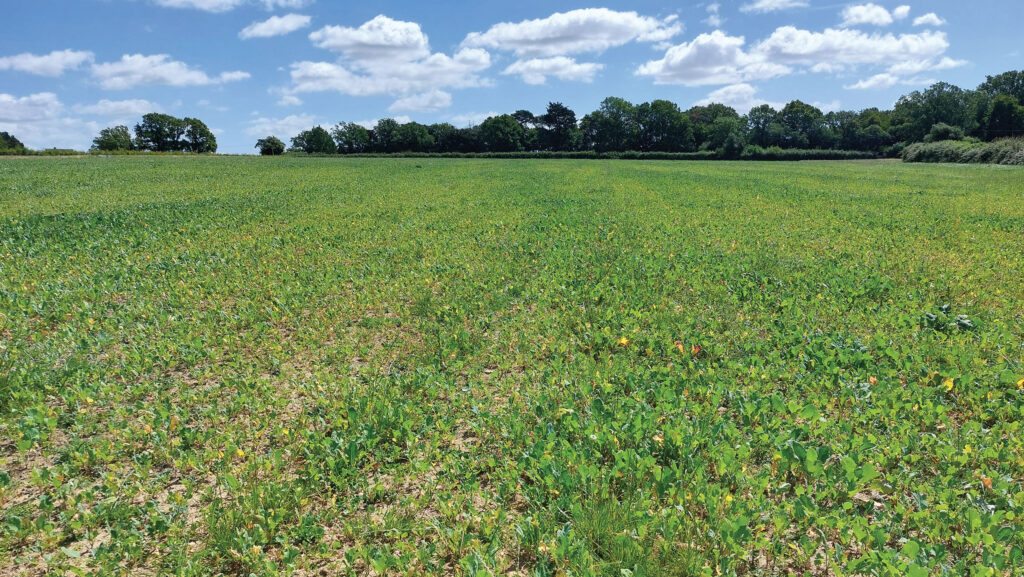
© MAG/Shirley Macmillan
Why Dorset beef farmer favours rotational grazing
Rotational paddock grazing has been favoured over mob stocking and cell grazing to keep management simple and maximise grass yields for an organic 260-cow, split-block Stabiliser suckler herd in Dorset.
Jimi Collis of Launceston Farm, Tarrant Launceston, relies on permanent pasture and herbal leys for the herd plus followers, and finishing all youngstock.
As well as his own land, he works with five different landlords over 700ha (1,730 acres) on a mix of stately home parkland, site of specific scientific interest (SSSI), herbal leys and permanent pasture.
Jimi said he wants to keep life simple, but with some built-in flexibility through advance planning.
“The aim is to move nutrients round the farm in the most efficient manner possible, with the best health and welfare for our cattle – but they are not pampered.
“The sweet spot is to balance cattle welfare and farm efficiency,” he said.
A three-year crop rotation is used to build fertility, undersowing cereals with herbal and clover leys for the cattle. Half the herd calves in spring, the other half in autumn.
Cattle are finished at 18-20 months, with heifers at 300kg and steers at 320kg through ABP.
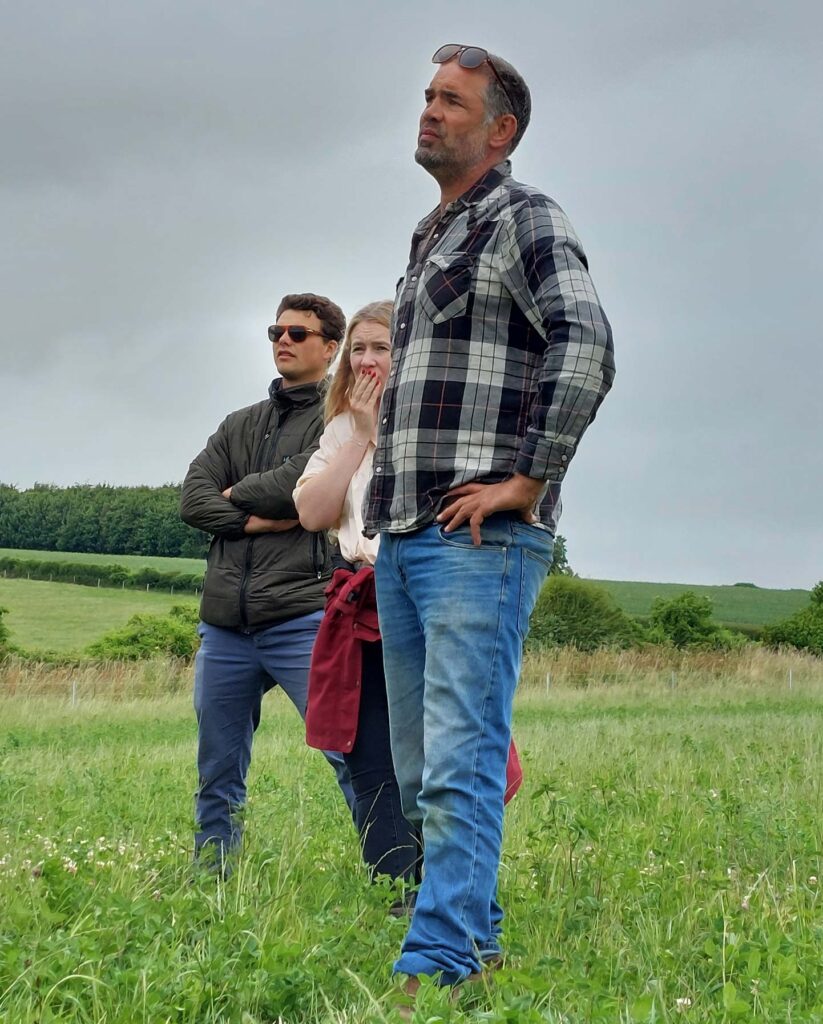
© MAG/Shirley Macmillan
Cattle grazing groups
The cows are managed in mobs of 30-40, based on bull power. This means one bull for each mob and the spring and autumn herds have separate grazing platforms, said manager Matt House.
“It sounds complicated, but it can be flexible, we just need paddocks between them. We have about 12 groups of spring and autumn calvers, heifers and finishing cattle.”
In total, the cattle graze 400ha of grassland, about 200ha are rotational grass leys and some of the SSSI land “barely yields 1t/ha”, whereas the farm can grow 10t/ha on the herbal leys.
“We don’t have designated silage fields and will graze the whole farm,” added Matt.
“The key is getting our early grass into growing cattle.
“Being organic, we can’t manipulate the grass growth curve and herbs are slow to wake up in spring, so we like to carry grass over from the autumn.”
The aim is to turn out on 14 February, grazing this deferred grass using lighter cattle to avoid poaching.
The rotation is two to three days on the fringes of the season, and five to six days in summer.
“Ideally, we are on three-day moves so that we are not eating the regrowth too much and then seeing a drop in grass growth rates. Herbal residuals are 1,500kg DM/ha to keep leaf in the diet.”
Grass quality
Matt is keen to graze leafy pasture at the three-leaf stage for maximum quality and output, and thus, energy intakes.
“We can take paddocks out [surplus grass] as bales then feed them back. We aim to keep the sward leafy, not stem.”
Jimi said that when they tried mob grazing, he found they were not getting good grass utilisation and he could not see a yield increase in the following cereal crop.
“With cell grazing, we were happy with the flexibility and speed round the platform, but not finding time to move 11 groups a day.
“Our utilisation, and grass and fat cattle growth rates are nothing like when grazing covers of close to 3,000kg DM/ha,” he explained.
Rotational grazing also works best for staff, particularly when trying to set up on a Friday to make sure there are not too many moves over the weekend.
This is more important in winter when cattle are outwintered on a bale grazing system.
“It takes us three hours to pick up fences, drive and do the bales on 600 acres in winter,” added Matt.
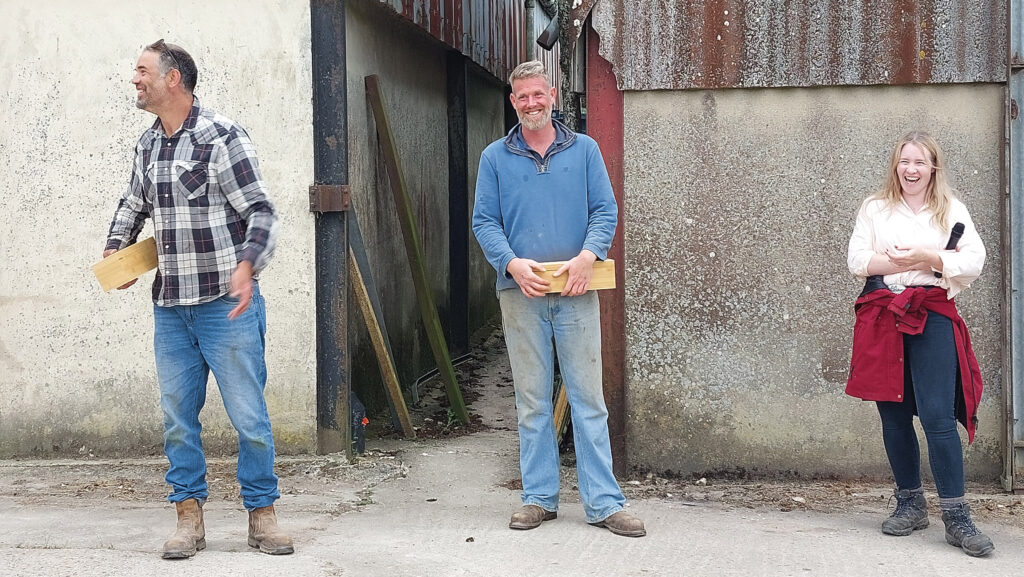
Matt House (middle) © MAG/Shirley Macmillan
